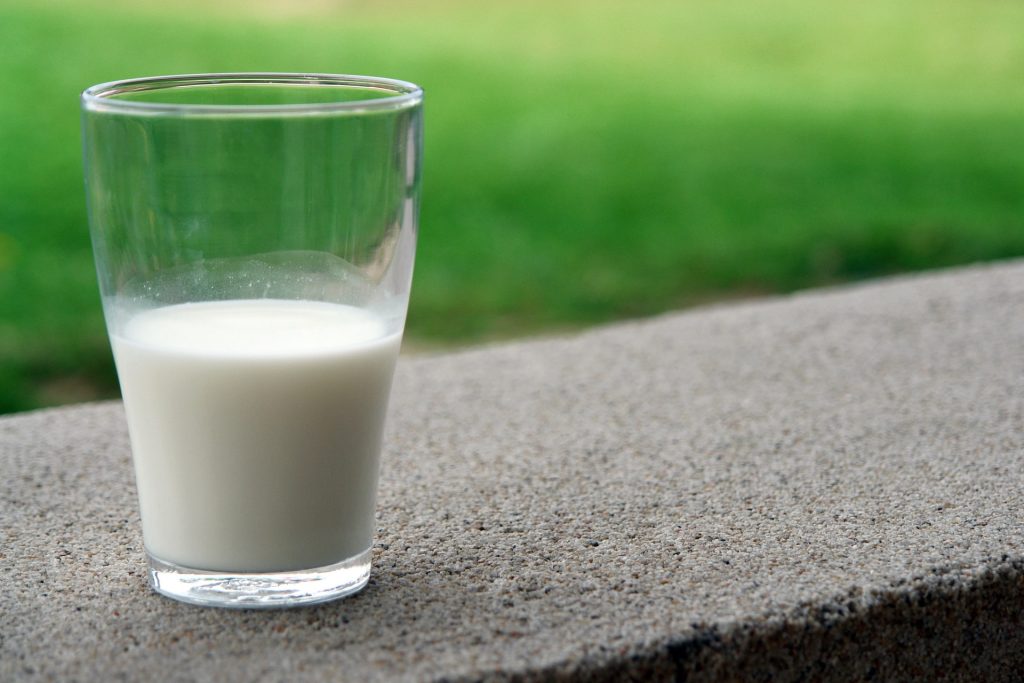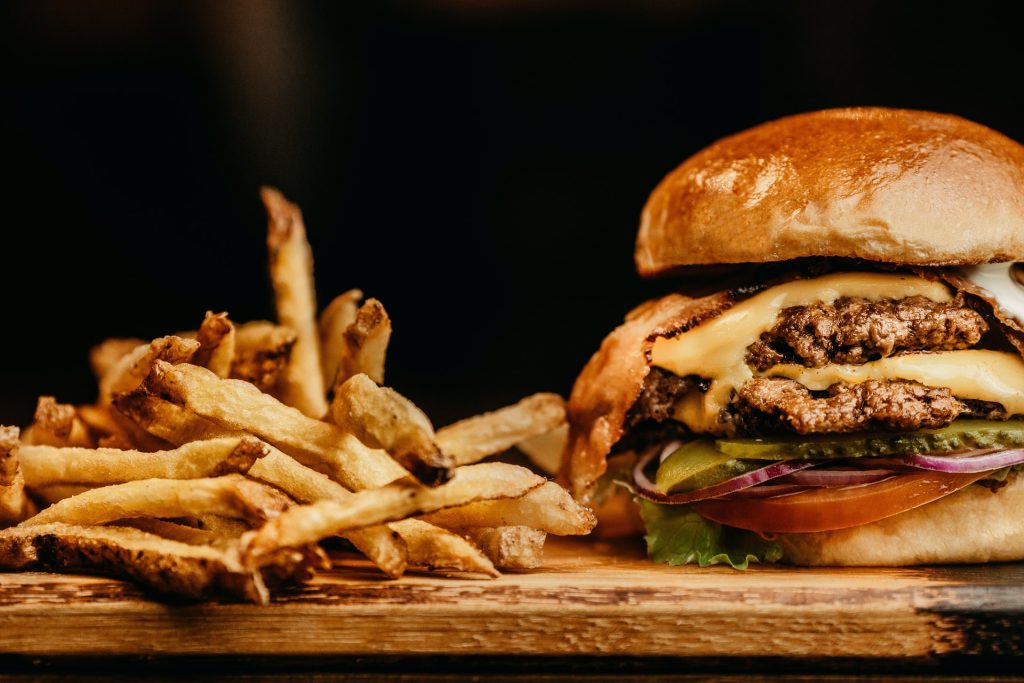Lifestyle Interventions Reverse the DNA Methylation Ageing ‘Clock’

The results of a clinical trial showed that appropriate diet and exercise are able, to some extent, to reverse the DNA methylation ageing ‘clock’.
Lead author Kara Fitzgerald, ND IFMCP, at The Institute for Functional Medicine, explained: “Advanced age is the largest risk factor for impaired mental and physical function and many non-communicable diseases including cancer, neurodegeneration, type 2 diabetes, and cardiovascular disease.”
Methylation clocks are based on systematic methylation changes with age. DNAmAge clock specifically demonstrates about 60% of CpG sites losing methylation with age and 40% gaining methylation.
The researchers conducted a randomised controlled clinical trial conducted among 43 healthy adult males between the ages of 50-72. The 8-week treatment programme included diet, sleep, exercise and relaxation guidance, and supplemental probiotics and phytonutrients.
Genome-wide DNA methylation analysis was conducted on saliva samples using the Illumina Methylation Epic Array and DNAmAge was calculated using the online Horvath DNAmAge clock tool.
The researchers found that the diet and lifestyle treatment resulted in a 3.23 years decrease in DNAmAge compared with controls.
With a strong trend to significance, DNAmAge of those in the treatment group decreased by an average 1.96 years by the end of the program compared to those individuals’ baseline.
Nearly a quarter of the DNAmAge CpG sites are located in glucocorticoid response elements, indicating a likely relationship between stress and accelerated ageing. Cumulative lifetime stress has been shown to be linked to accelerated ageing of the methylome.
Other findings include that PTSD contributes to accelerated methylation age; and that greater infant distress is associated with an underdeveloped, younger epigenetic age.
The researchers tentatively accepted the hypothesis that the methylation pattern, from which the DNAmAge clock is computed, is a driver of ageing, thus they expect that attempting to directly influence the DNA methylome using diet and lifestyle to set back DNAmAge should lead to a healthier, more ‘youthful’ metabolism.
The Fitzgerald Research Team concluded, “it may be that emerging ‘omics’ approaches continue to evolve our understanding of biological age prediction and reversal beyond DNA methylation alone. Integration of our future understanding of multi-omics data should therefore be considered in the future trials of candidate age-delaying interventions.”
Source: Aging
Journal information: Fitzgerald, K. N., et al. (2021) Potential reversal of epigenetic age using a diet and lifestyle intervention: a pilot randomized clinical trial. AGING-US. doi.org/10.18632/aging.202913.









